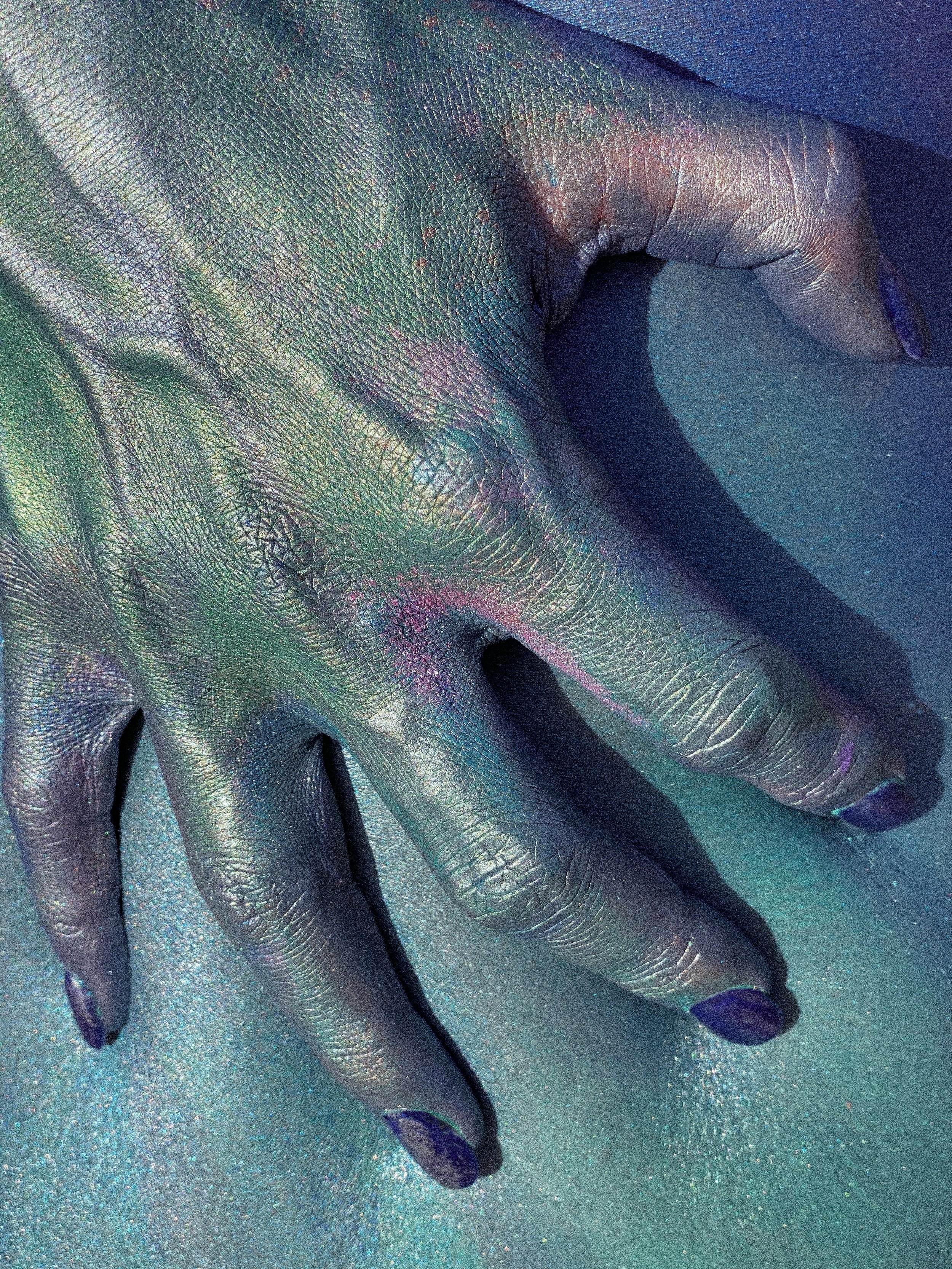CLUSTER PHOTOGRAPHY & PRINT
3-6 MARCH 2022
We are proud to announce Cluster Photography 2022, our second post-pandemic alternative art fair, featuring a physical exhibition of 70+ international photographers, complimented by a community orientated programme of networking activities, public interventions and online coverage. Putting notions of identity at the centre, this edition of Cluster Photography explores the myriad ways in which contemporary photographers help us fix and define our individual and collective identities. With this focus in mind, we turn our attention to the history of photography and it’s important role in shaping society.
Historically the word Kodak stands for more than a simple brand identity, beyond the corporate it signifies a tectonic shift in the sociological relation between camera and community, when affordability, mass production and ease met giving birth to the snapshot. The first Kodak #1 camera was invented in 1888, coming preloaded with a 100 frame roll of film, with customers sending the entire camera back to the factory for processing and reloading. But it wasn’t until the 1960s that the term snapshot was borrowed from hunting vocabulary to describe a new way of imaging the world, coming to indicate an informal and carefree connection between photographer and subject, synonymous with family celebrations and vacations.
In its way the Kodak revolution played a role in cementing the American nuclear family, establishing a convention and with that enforcing normative conditions. Whilst some photographers, such as Nan Golding, subverted expectations by presenting the familial between arrays of unconventional characters, it took another forty years before another technological revolution dislodged the predictability that had become encoded to a 35mm roll containing 36 frames. This time it was Nokia that upended everything. With the introduction of the Nokia 7650 in 2001 the company fused phone and camera, capturing 0.3 megapixel images measuring 640x480 pixels.
From our perspective twenty years later, this innovation has been entirely integrated into a modern photographic experience, making it difficult to recognise the important innovations it brought about. For the first time, teenagers and young adults could take a photograph and instantaneously show it to one another, either directly through the phone’s screen or by exchanging it via telecommunication. New forms of photographic expression were born and paired with social media infrastructure, the camera-phone and smart-phone became key to the ways in which we construct a version of the self and present this across geographical boundaries to the wider world.
Building on this context, the Cluster Photography fair continues the evolving trajectory of photographic technologies, looking to the camera as a central tool for the creation of identity and to the art fair as a site in which a melting pot of identities can converge and communicate with one another. Abandoning the gallery based model of traditional art fairs, Cluster pioneers direct representation, working with artists and cutting out middlemen. Unfiltered our connection to artists permits an intimate engagement, which we enhance through a complimentary programme of activities, including portfolio review and networking sessions. Making the fair not only a place to sell but a location for development and camaraderie.
TONY MAK | QING MING I, 2019
ALESSANDRO NICOLOSO | ONLY US, 2015
LISA-MARIE VLIETSTRA | BETWEEN SKIN AND SKY, 2020





